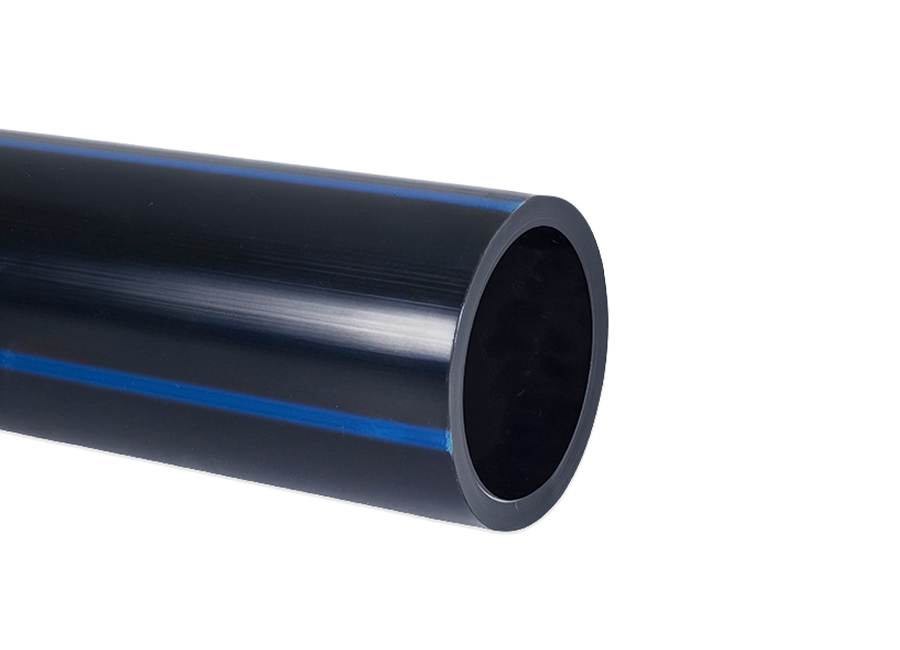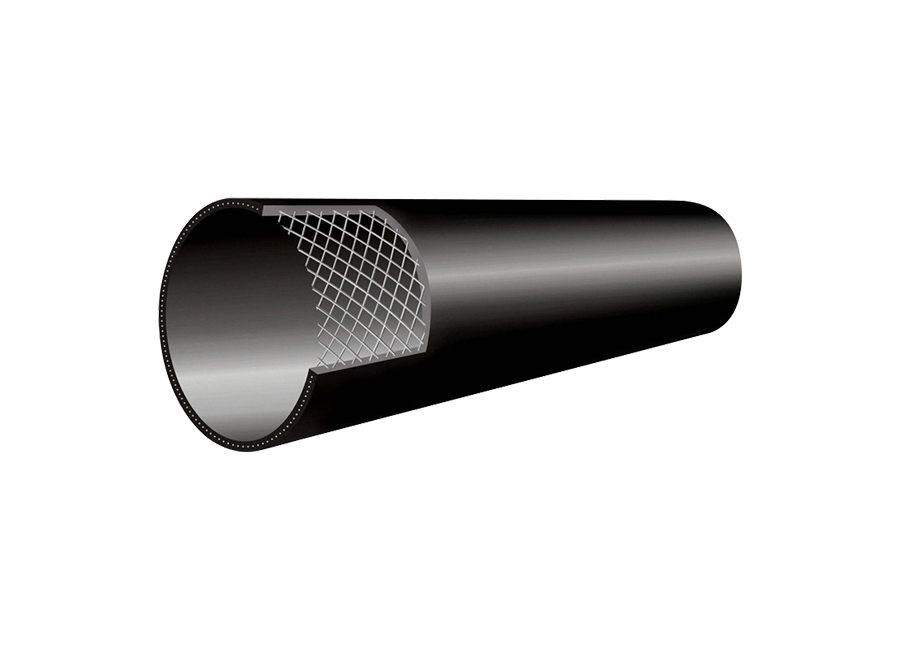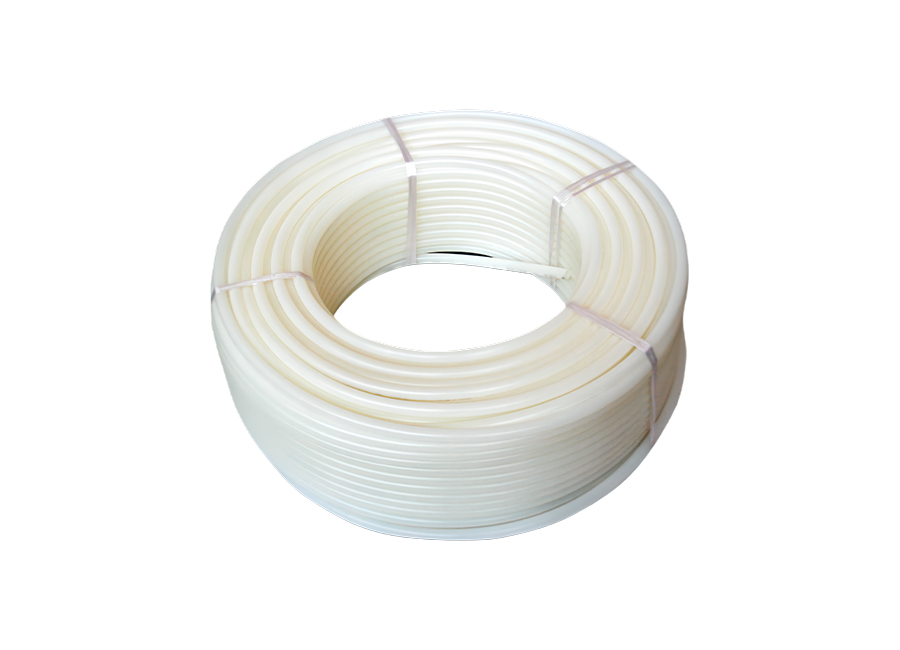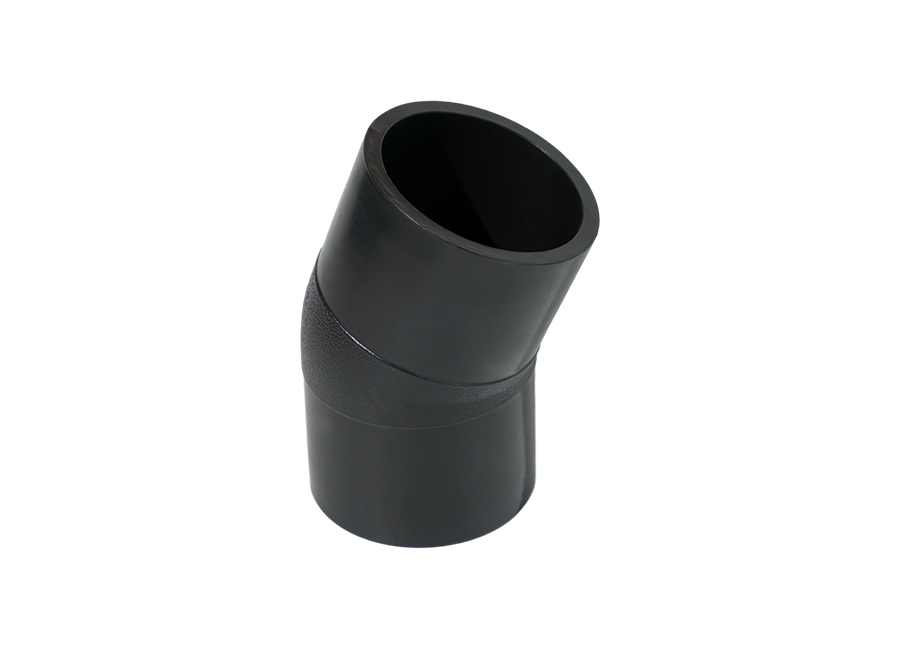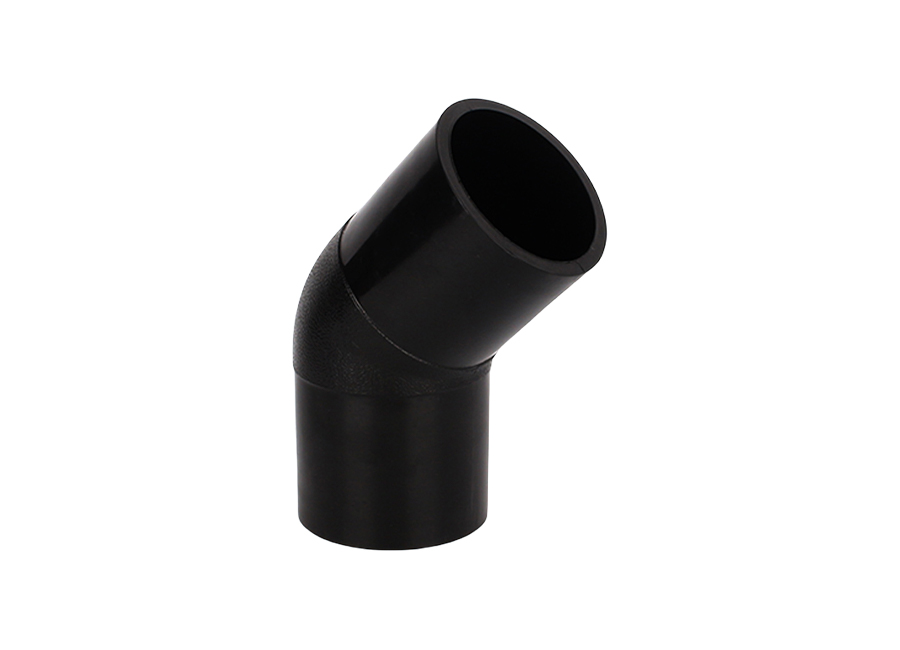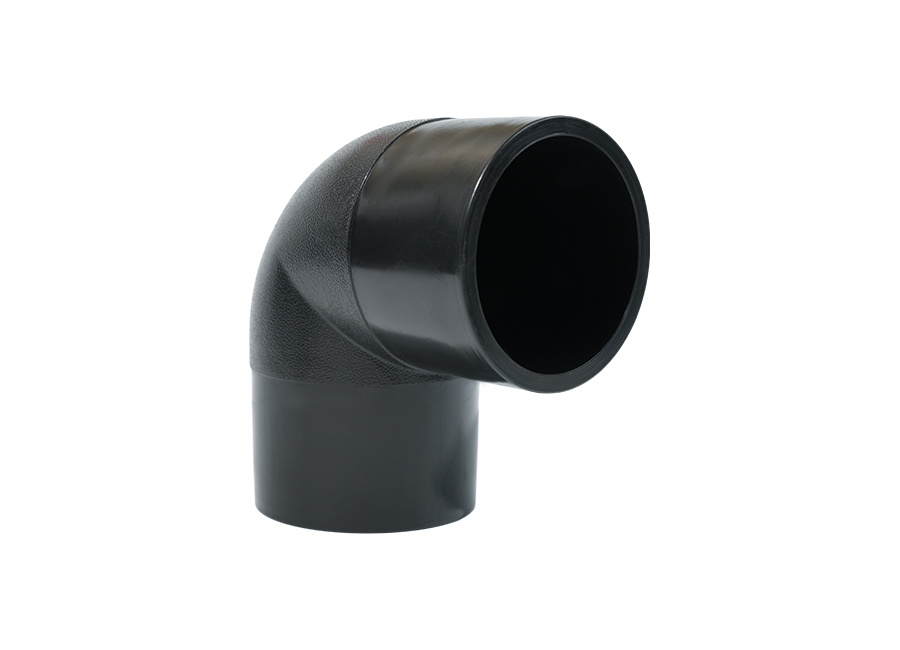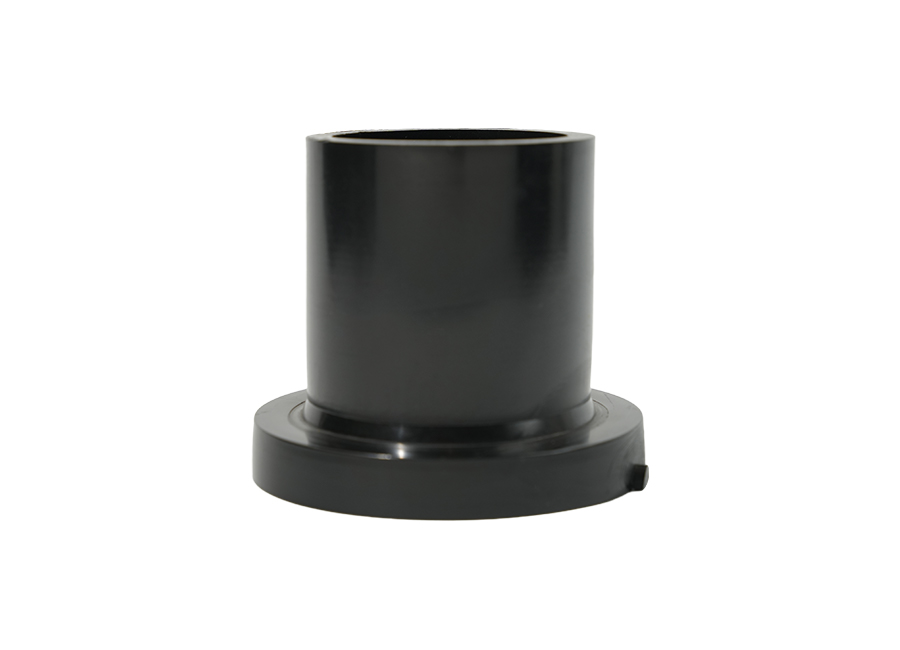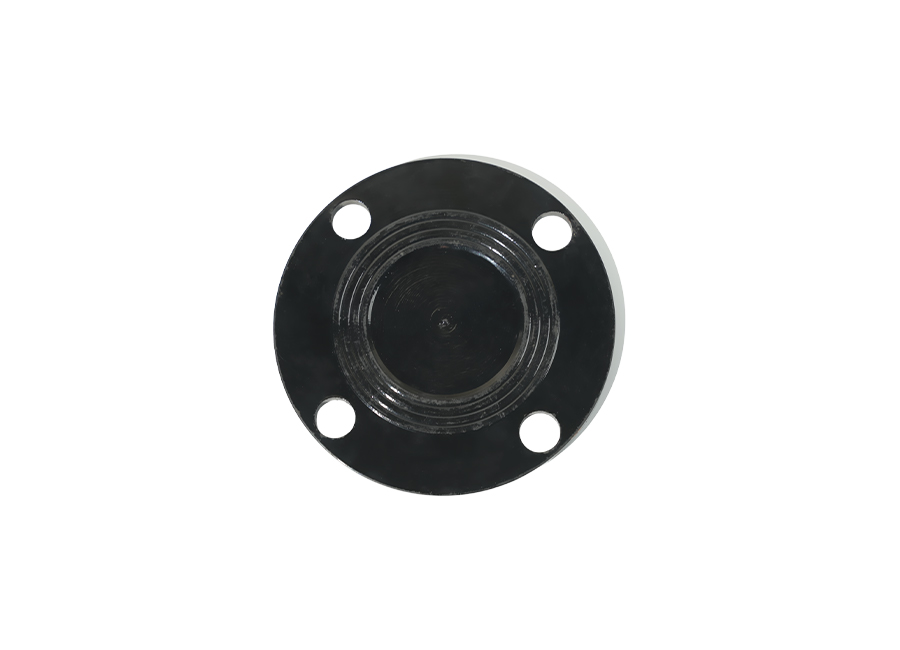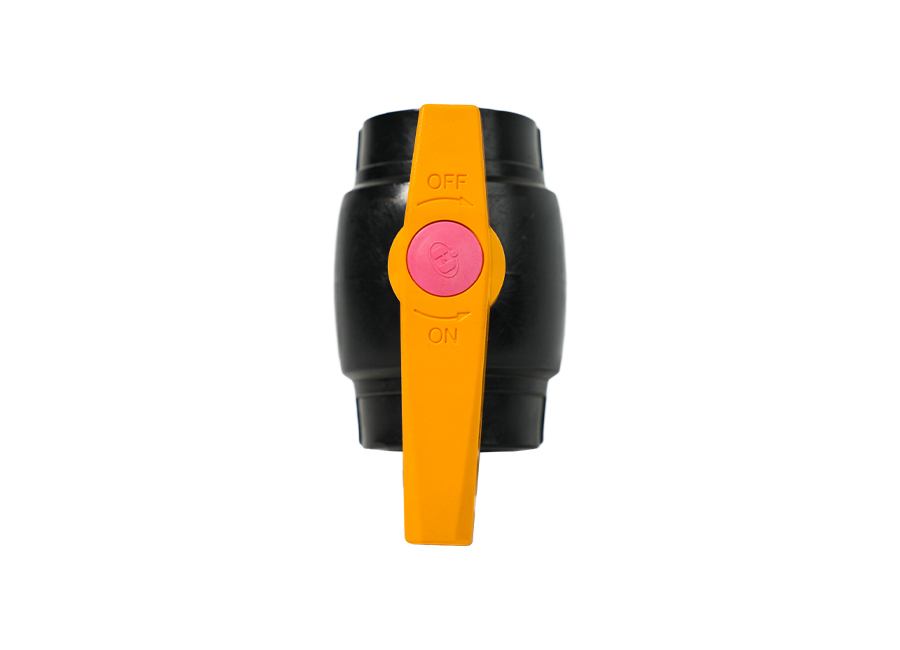HDPE (high-density polyethylene) and PE (polyethylene) are different types of the same material family, and the choice between the two depends on the specific application scenario. The following is a comparison and analysis of their core features:
Content
1. Material Nature
PE (Polyethylene): A broad term encompassing various density types (LDPE, LLDPE, HDPE, etc.).
HDPE (High-Density Polyethylene): A type of PE with a density ≥ 0.941 g/cm³, minimal molecular chain branching, and high crystallinity.
2. Key Performance Comparison
|
Characteristics |
HDPE |
Ordinary PE (LDPE as an example) |
|
Density |
0.941-0.965 g/cm³ |
0.910-0.925 g/cm³ (LDPE) |
|
Tensile Strength |
20-32 MPa |
8-20 MPa |
|
Temperature Range |
-50°C to 80°C (short-term up to 100°C) |
-50°C to 60°C (short-term 70°C) |
|
Chemical Resistance |
Resistant to acids, alkalis, and solvents (except oxidizing acids) |
Easily swells in hydrocarbon solvents |
|
Moisture Permeability |
Extremely low (<0.1 g·mm/m²·day) |
High (approximately 0.5-1 g·mm/m²·day) |
|
Price |
Higher (approximately 20%-30% more expensive than LDPE) |
Lower |
3. Application scenarios and advantages of PE pipe fittings
Building Water Supply and Drainage System
Indoor hot and cold water pipes
Use PE-RT (heat-resistant polyethylene) fittings, temperature resistance ≤ 80°C, working pressure ≤ 1.6 MPa
Advantages: Leak-free hot-melt connections, resistant to water hammer (instantaneous pressure ≥ 2.5 times rated pressure)
Example: Connecting branch pipes to a residential floor heating manifold
Outdoor drainage network
Use HDPE double-wall corrugated pipe, with a ring stiffness ≥ 8 kN/m² (SN8 grade)
Features: Flexible joints adapt to foundation settlement, acid and alkali corrosion resistance (pH 2-12)
Applications: Residential rainwater collection systems, septic tank outlet pipes
Municipal Engineering
|
Scenario |
Fitting Type |
Key Technical Parameters |
|
Gas Transmission |
PE100 Ball Valve/Tee |
Pressure Resistance ≥ PN16, ISO 4437 Certified |
|
Water Main Pipe |
Electrofusion Flange Sleeve |
Socket Depth ≥ 1.5 Pipe Diameters, Burst Pressure ≥ 4 MPa |
|
Cable Sleeve |
PE Solid Wall Pipe + Right-Angle Elbow |
Inner Wall Friction Coefficient ≤ 0.08 (Reduces Threading Resistance) |
Agricultural Irrigation System
Drip/Sprinkler Irrigation Pipeline
Use LLDPE hose + injection-molded bypass valve, UV stabilizer content ≥ 2%
Advantages:
Anti-clogging (flow channel accuracy ±0.1mm)
Excellent curl recovery (bend radius ≤ 8 times the pipe diameter)
Typical configuration: Φ16mm drip tape + pressure-compensating emitter
Large-scale farmland water supply
Use PE100 flange fittings, DN315-DN800
Water pressure test: No leakage at 1.5 times the working pressure for 30 minutes
4. Application scenarios of HDPE pipe fittings
- Load-bearing structural components
Chemical storage tanks (corrosion-resistant + high-strength)
Gas pipelines (compression resistance ≥ PN16)
Rack pallets (dynamic load ≥ 1 ton)
- Applications requiring high durability
Underground drainage pipes (lifespan over 50 years)
Ocean buoys (UV-resistant modified version)
- Health and safety applications
Food-grade containers (FDA-certified)
Medical packaging (resistant to gamma ray sterilization)

 English
English 中文简体
中文简体 русский
русский عربى
عربى


